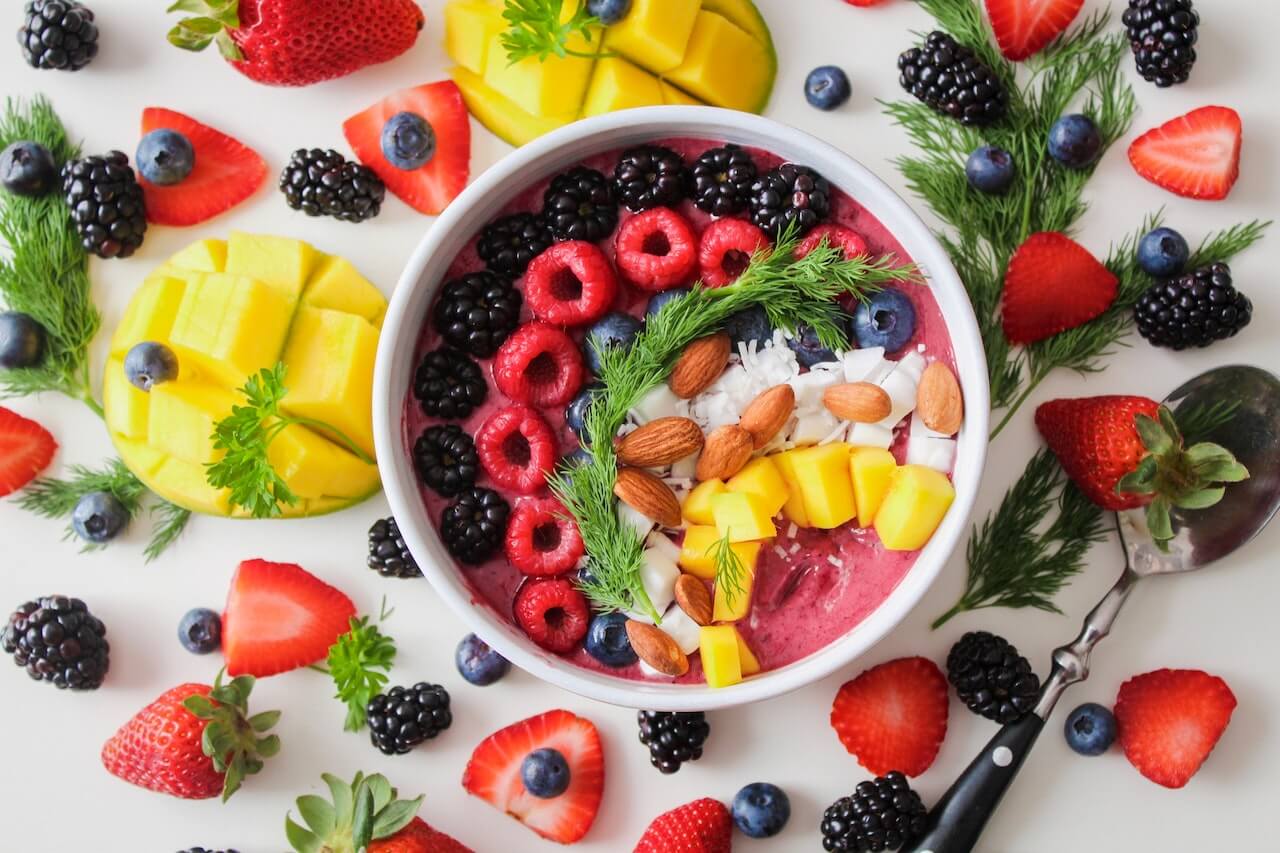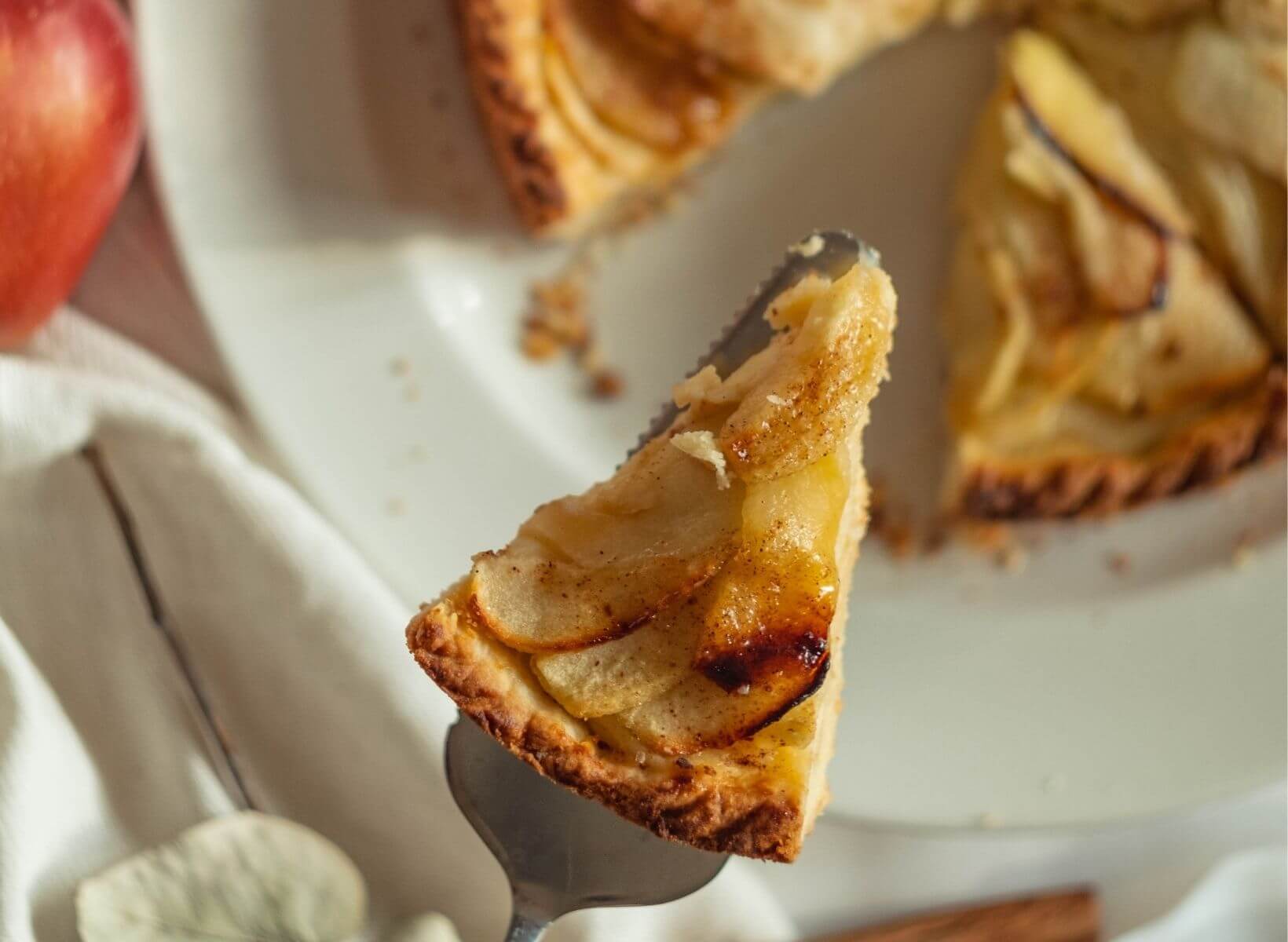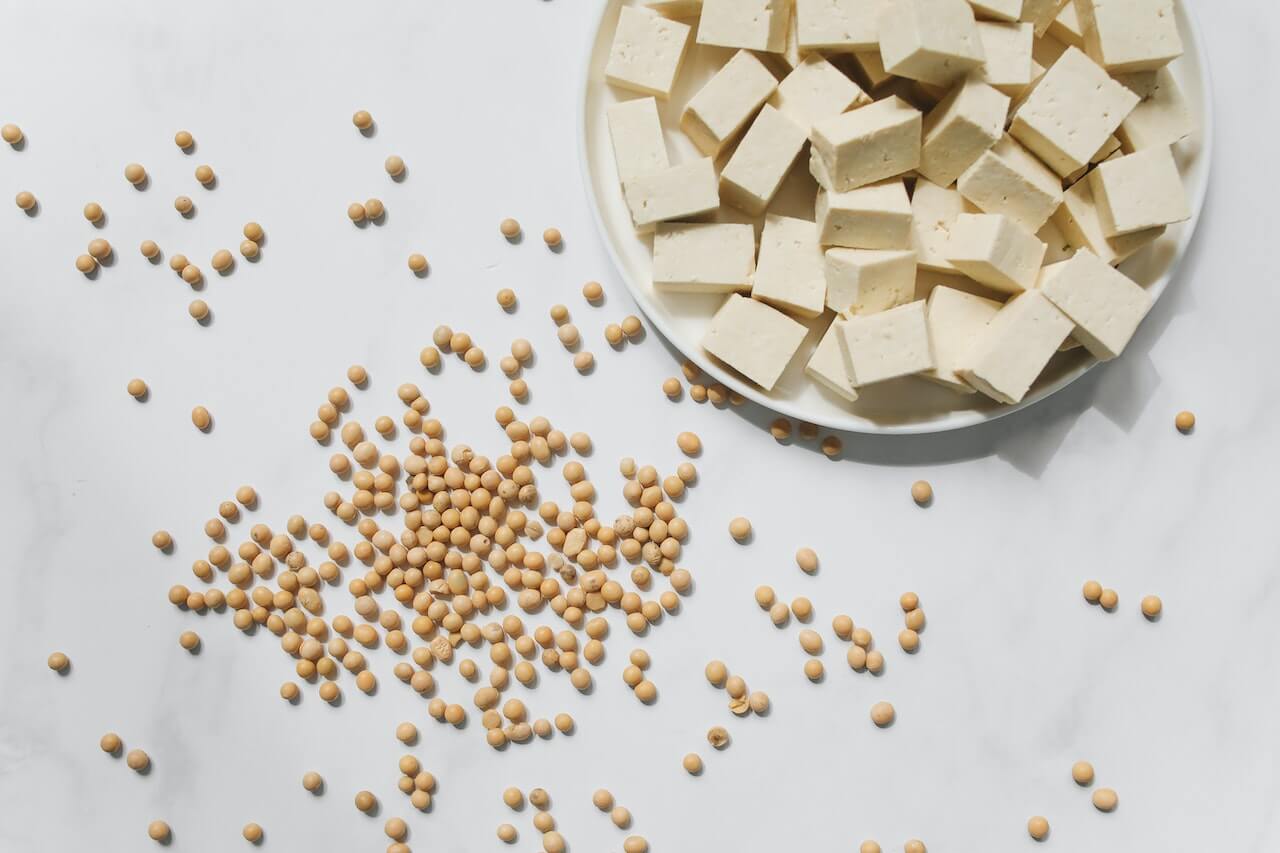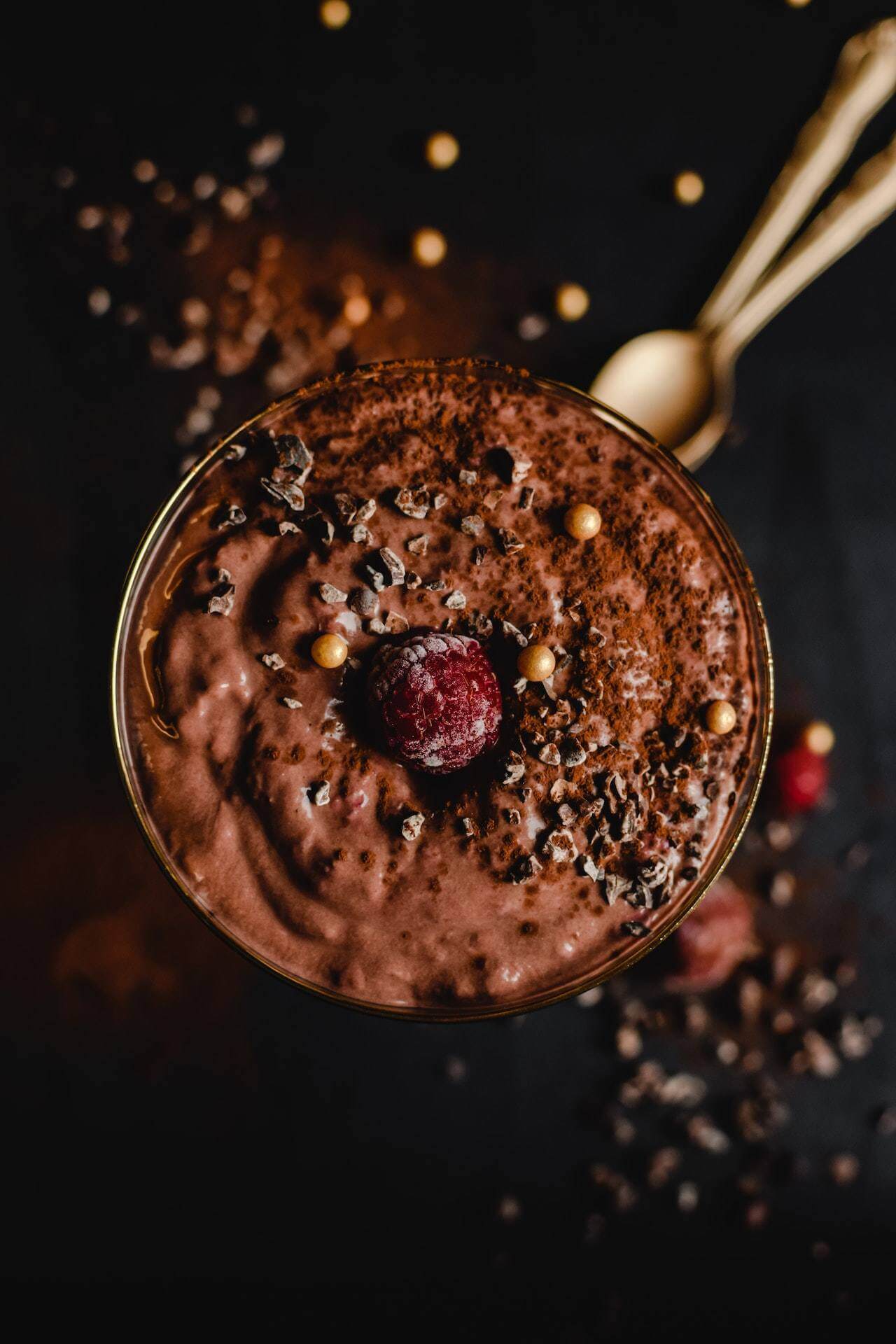In this article, we'll review the science behind sugar's effects on our metabolic health and tips for enjoying dessert without negatively impacting our glucose levels. And, of course, we'll share some healthy dessert recipes that will appease those sweet cravings.
Why You Should Always Keep An Eye on Sugar in Desserts
A well-balanced diet considers all aspects of nutrition, meaning there are no "good" or "bad" foods. However, we must be mindful of their sugar content when it comes to desserts and other sweet treats.
The 2020-2025 Dietary Guidelines for Americans recommends limiting added sugar intake to less than 10% of our total daily calorie intake.¹ For example, added sugars should account for no more than 200 calories of the average 2,000-calorie diet.
Research has shown that added sugar consumption has the potential to, directly and indirectly, promote metabolic disease. Overindulging in sugar can lead to heart disease, type II diabetes, and other chronic health concerns.²
4 Tips for Enjoying Dessert Without a Negative Impact on Glucose Levels
Knowing sugar’s impact on our overall health when consumed in excess might have you worried about your sweet tooth, but don’t overthink it. Enjoy that slice of chocolate cake on your birthday. Go to the ice cream parlor with your kids. Have some apple pie at the next holiday dinner. It doesn’t have to be all or nothing.
You can enjoy your favorite desserts every now and then, even if they aren't the most nutrient-dense choice. But when it comes to the big picture, try to keep your glucose levels in mind by satisfying your sugar cravings with healthy alternatives:
- Replace white or whole-wheat flour with lower-carb options
Look for products made with low-carbohydrate-containing flours, such as almond flour, cashew flour, and coconut flour. Almond flour has almost 80% less carbohydrate content than whole grain or whole wheat flour. And the best part? It has comparable fiber content.³,⁴
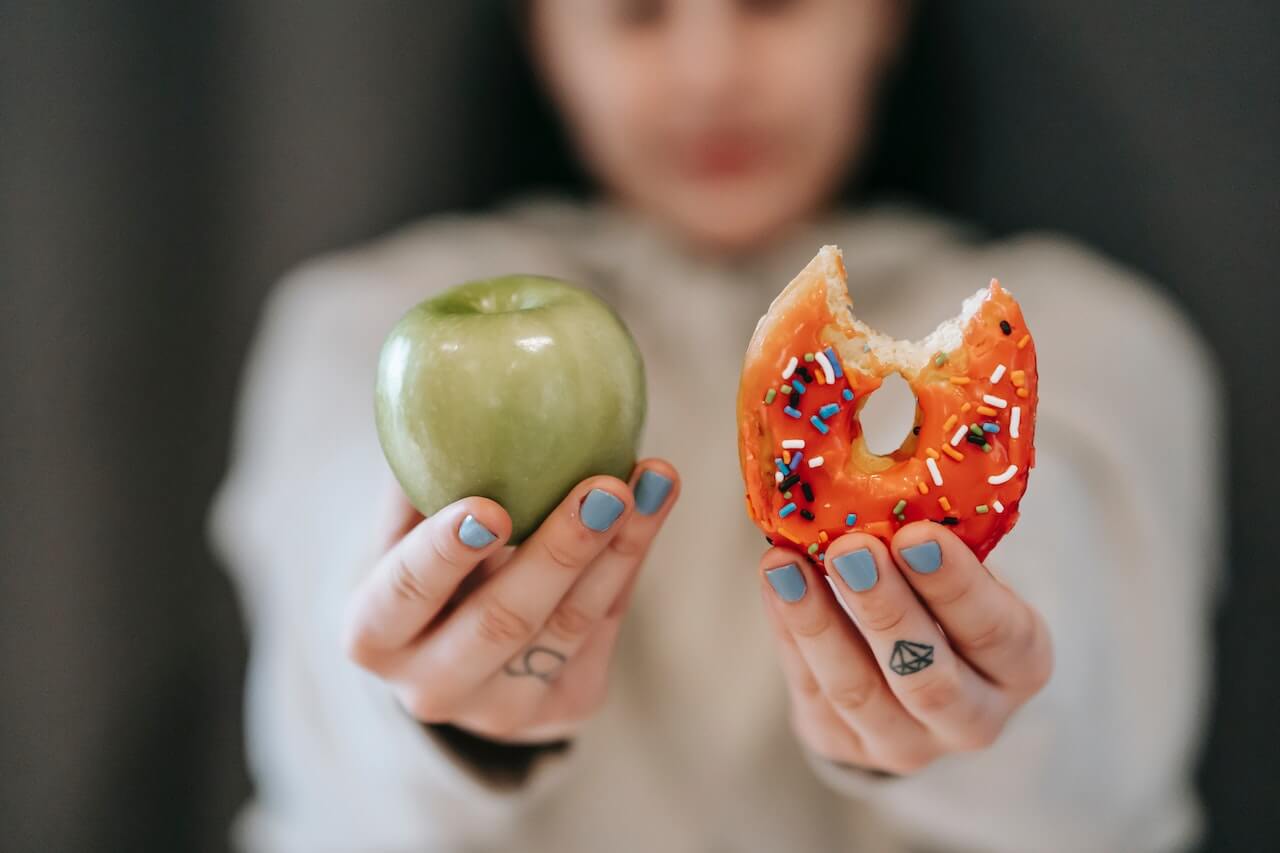
- Skip refined sugars, brown sugar, honey, molasses, agave, and maple syrup
Try to avoid sweetening your desserts with sugars that your body can easily digest. The easier your body can digest it, the higher the glycemic index and the more prone you are to blood sugar spikes.
- Opt for natural non-nutritive sweeteners
Instead of using sugar, you can opt for non-nutritive sweeteners (sometimes called sugar substitutes), such as stevia and sucralose, to prevent glucose spikes. Still, it’s important to note that excessive intake of sugar substitutes has health implications as well.
- Prioritize whole-food sweeteners
If you want to sweeten your bowl of oatmeal or add a little extra punch to your favorite dessert, try adding some fruit, like blueberries, strawberries, or cherries. Using whole foods to sweeten your dish can add nutrients along with flavor.
- Cook them yourself
Store-bought desserts are convenient, but they aren’t the healthiest option. The best way to know the ingredients in your meals and snacks is to prepare them yourself. If you haven’t mastered your booking and baking skills, don’t worry, we haven’t either. Keep practicing! You’ll find the right recipe and your health (and waistline) with thank you for it.
15 Dessert Ideas to Keep Your Blood Sugar Levels Under Control
Below are some of the best healthy desserts that can satisfy your taste for something sweet while helping to keep your blood sugar levels under control.
Keto Desserts
1. Keto Pumpkin Pie
Put a low-carb twist on your favorite holiday dessert by making your pie crust with coconut flour and using canned pumpkin with a keto-friendly sweetener for the filling. Top with sugar-free whipped cream or enjoy it as is!
2. Keto Sugar-Free Cheesecake
You had me at cheesecake. The almond flour crust paired with the creamy cheesecake filling makes it a dessert everyone will love. It's a limited dessert recipe including cream cheese, powdered sweetener, vanilla extract, eggs, and lemon juice.
3. Sugar-free Keto Popsicles
Blend fresh fruit of your choice with a powdered sweetener, water, and a dash of lemon juice, and pop it in the freezer to create a delicious low-fat and low-carb healthy dessert that won’t amp your blood sugar.
{{mid-cta}}
Vegan Desserts
4. Vegan Pistachio Ice Cream
This frozen treat is a must-try if you have an ice cream maker. Made with just a handful of ingredients, including real pistachios, coconut milk, and almond milk, you get a delicious dessert that won’t spike your blood sugar.
5. Sweet Potato Muffins
Sweet potatoes get a lot of hype around the holidays, but they deserve a spot on your grocery list all-year round. Naturally sweet themselves, they make a great base ingredient for vegan, gluten-free, low-sugar muffins.
6. Fruit sorbet
Blend your fresh fruit of choice (red plums would be delicious and give you an additional nutrient boost) with dates for a low-calorie and refreshing dessert perfect for those warm weather days.
Dairy-free Desserts
7. Avocado Chocolate Mousse
If you have a taste for chocolate pudding, consider avocado chocolate mousse instead. It still has a satisfying chocolate taste, but with the added nutrition from the mighty avocado.
8. Chia Seed Pudding
Looking for a dessert that you can have for breakfast? Chia pudding is super simple to make and packed with quality nutrition. Combine your chia seeds with plant-based milk (like coconut milk), vanilla extract, and a dash of maple syrup, and put them in the fridge overnight. Then, top them with some fresh fruit, shredded coconut, and enjoy.
9. Fudgy Brownie Quinoa Cookies
When it comes to cookie recipes, fudgy brownie quinoa cookies are some of the best. Sweetened with applesauce, cocoa powder, and liquid stevia, they’re gluten-free and low in sugar. Because they don’t include any raw eggs, they are vegan too! Bonus: you can eat the cookie dough.

Grain-free Desserts
10. Flourless Black Bean Brownie Muffins
Don’t knock it until you try it. Black bean brownies are delicious and nutritious. And since they don’t require flour, they have a delightful fudgy texture.
11. Grilled Peaches
Next time you’re grilling dinner, throw some peaches on there too. Just cut the peaches in half, take the pit out, and grill them to your liking. Talk about an easy healthy dessert. No prep time at all!
12. No Bake Peanut Butter Protein Bars
Simply combine your favorite nut butter, coconut oil, protein powder, flaxseed meal, dark chocolate, and vanilla extract for a protein-rich dessert. Plus, the chewy, fudge-like consistency makes it a delectable treat.
Nut-free Desserts
13. Chocolate Zucchini Cake
I know what you're thinking, vegetables in a chocolate cake recipe? No way. But hear us out. Adding shredded or grated zucchini blends right into the batter and gives this cake a rich chocolatey flavor and moist texture; you won't even know it's there. Plus, it's a healthy vegan dessert!
14. Coconut Flour Cookies
If you don’t want to use almond flour, coconut flour cookies are an excellent alternative. And since they don’t require much flour, they bake into a shortbread consistency that melts in your mouth.
15. Sugar-free Jello Cups
Because you’re using unflavored gelatin, you get to pick your flavoring and sweeteners. As a result, it’s an easy, low-sugar dessert you can make in a pinch.
Regulate Your Sugar Intake With the Help of Blood Sugar Monitoring
Continuous glucose monitoring (CGM) automatically tracks your blood glucose levels throughout the day, helping you understand how your activity and food choices affect your blood sugar. Understanding how your habits affect your blood sugar trends can help you adjust to benefit your metabolic health.
Using a CGM eliminates the guessing. Since you can check your glucose level anytime, you can pinpoint specific cause-and-effect connections. To learn more about a CGM, check out the science behind our CGMs.
- Item 1
- Item 2
- item 3
Topics discussed in this article:
References
- Current dietary guidelines. Dietary Guidelines for Americans, 2020-2025 and Online Materials | Dietary Guidelines for Americans. (2020, December). Retrieved November 3, 2022, from https://www.dietaryguidelines.gov/resources/2020-2025-dietary-guidelines-online-materials
- Stanhope, K. L. (2016). Sugar consumption, metabolic disease and obesity: The state of the controversy. Critical reviews in clinical laboratory sciences, 53(1), 52. https://doi.org/10.3109/10408363.2015.1084990
- Fooddata Central Search Results Almond Flour. FoodData Central. (2022, April 28). Retrieved November 4, 2022, from https://fdc.nal.usda.gov/fdc-app.html#/food-details/2261420/nutrients
- Fooddata Central Search Results Whole Wheat Flour. FoodData Central. (2020, April 1). Retrieved November 4, 2022, from https://fdc.nal.usda.gov/fdc-app.html#/food-details/790085/nutrients

